|
||||||||||||||||||||||
The birth of the Goddess |
|
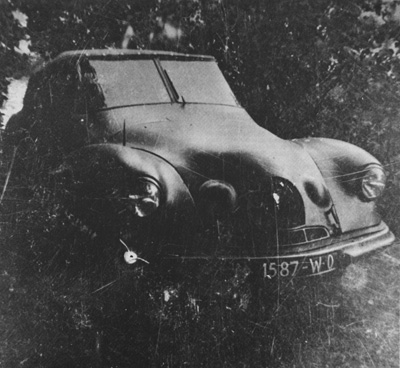 |
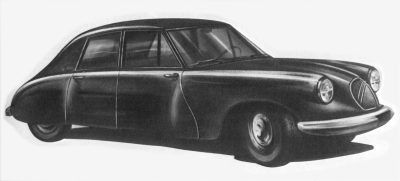 |
 |
|
|
Bodywork |
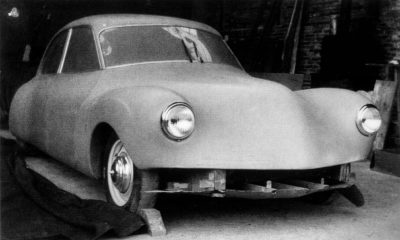 |
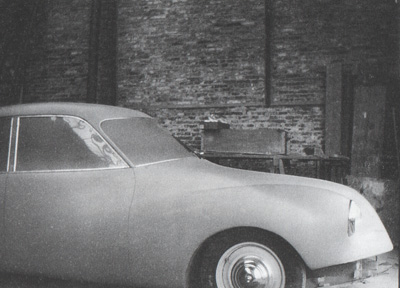 |
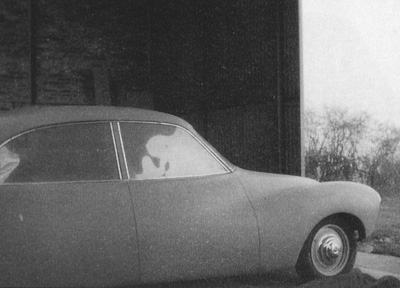 |
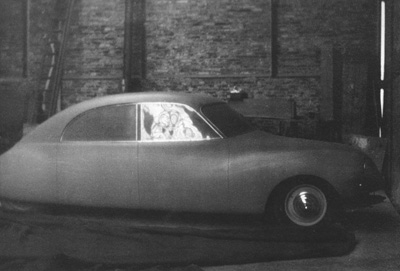 |
 |
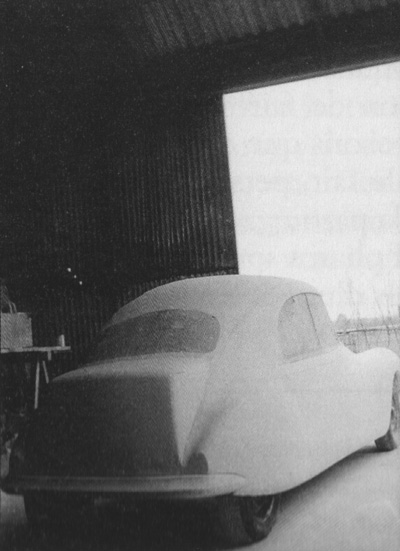 |
 |
|
A number of different tail treatments were experimented with |
|
 |
|
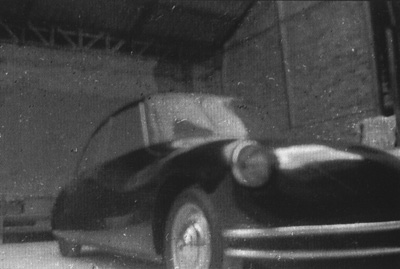 |
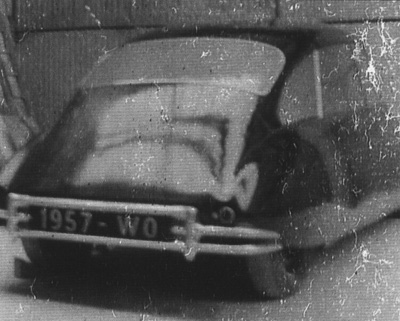 |
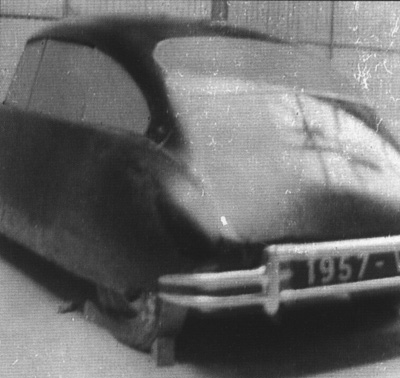 |
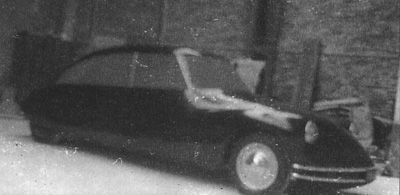 |
|
In December 1950, Pierre Boulanger was killed at the wheel of an experimental Traction and Robert Puisseux became Prťsident-Directeur Gťnťral of Michelin who owned CitroŽn. He handed control of the VGD project over to Pierre Bercot, the new managing director of CitroŽn. Bercot agreed to a redefinition of the project, believing that here was the opportunity to create a car that would be as far ahead of the Traction as that car was of its contemporaries in 1934, even if that meant that the new car's launch would be delayed. Andrť Lefebvre was given carte blanche yet again and thus was born Projet D. |
|
 |
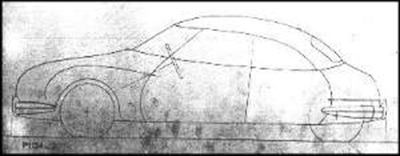 |
|
The Traction's styling was
looking increasingly dated - indeed Renault took to marketing its
Frťgate as la 11 CV Moderne
and Peugeot with its 203 and Simca with its Aronde were making inroads
into Traction sales with their "modern" styling. The French car market
was protected from foreign competition and was totally dominated by
CitroŽn, Peugeot and Renault (who had been nationalised on the grounds
that the company had collaborated with the Germans during the war). Second division players included Simca, Ford, Panhard et Levassor, Hotchkiss, Delahaye and Facel Vega. CitroŽn's response was to offer the Traction in colours other than black. |
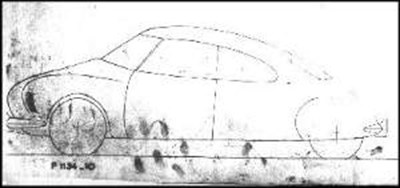 |
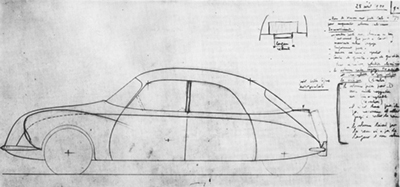 |
|
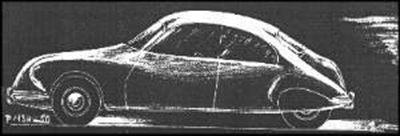 |
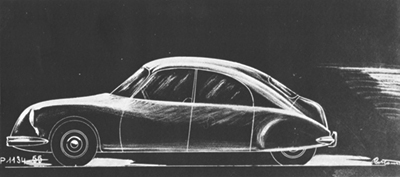 |
 |
 |
 |
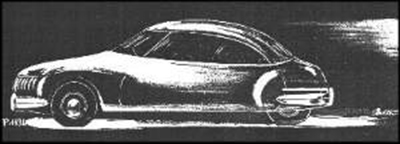 |
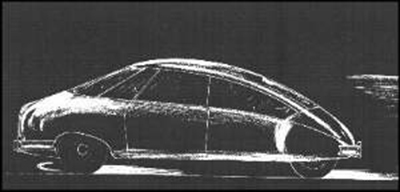 |
 |
|
Right - how one of the French motoring magazines imagined the Traction replacement in 1952 |
|
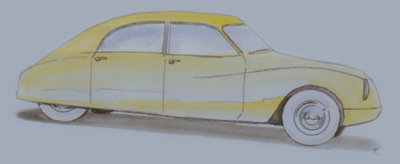 |
 |
 |
|
 |
|
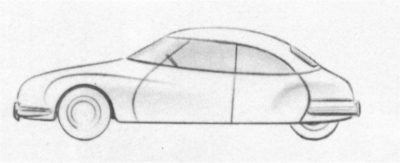 |
 |
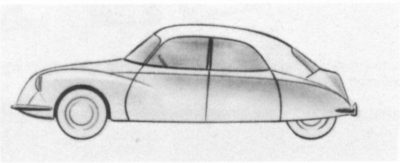 |
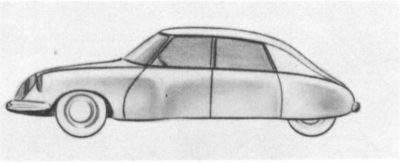 |
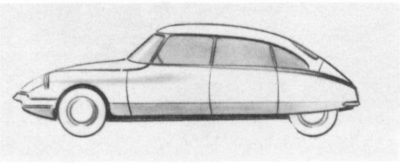 |
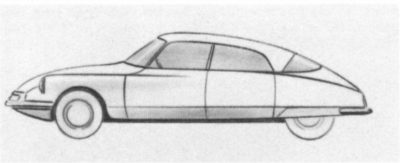 |
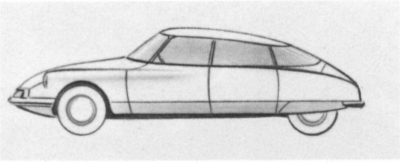 |
 |


